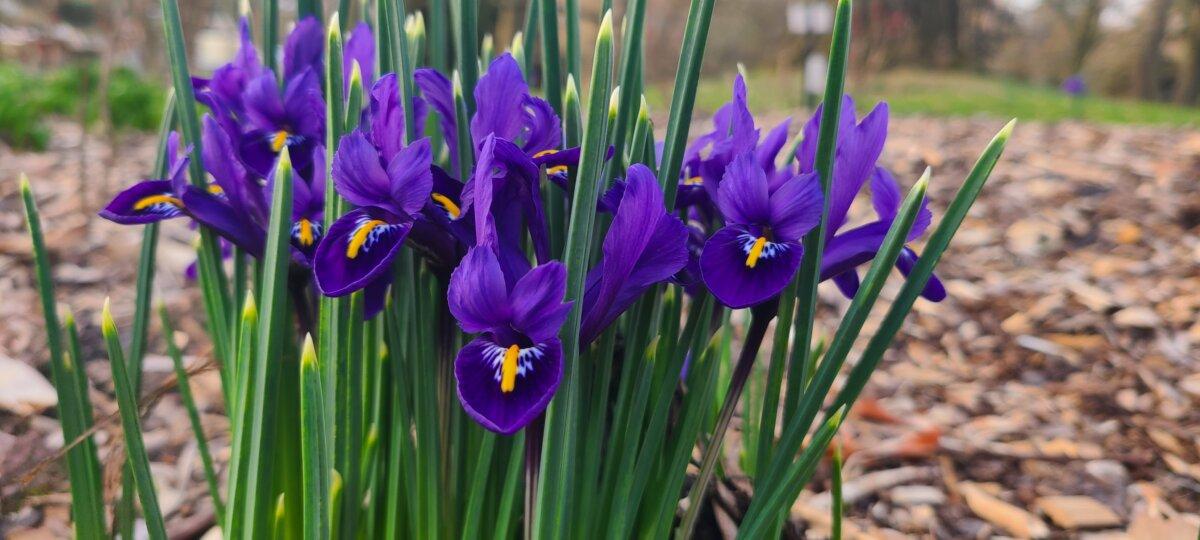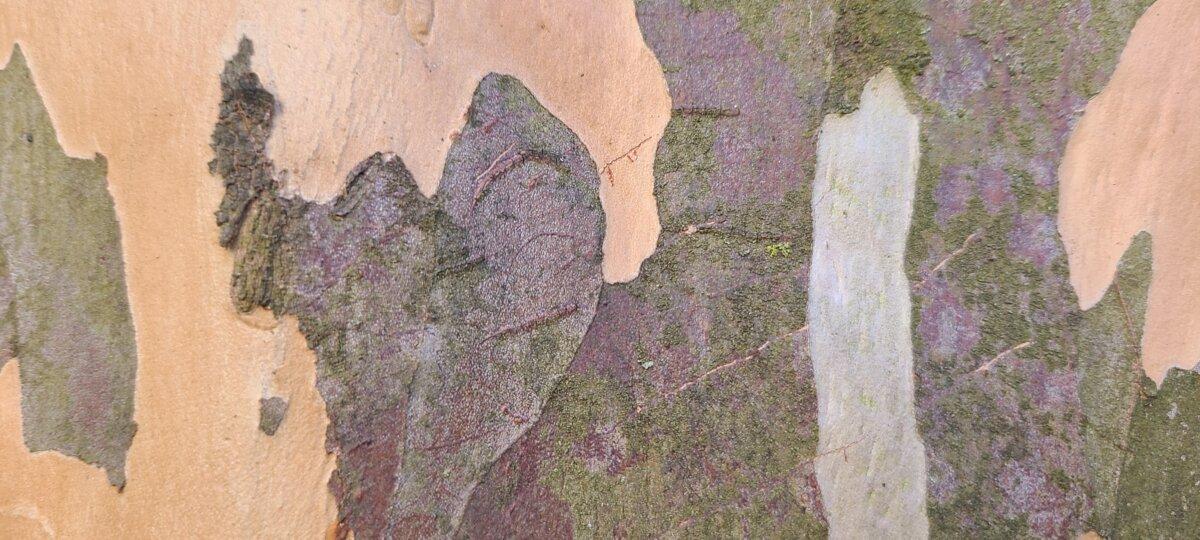
5 Trees with Stunning Bark you Might not Know About
1. Stewartia pseudocamillia
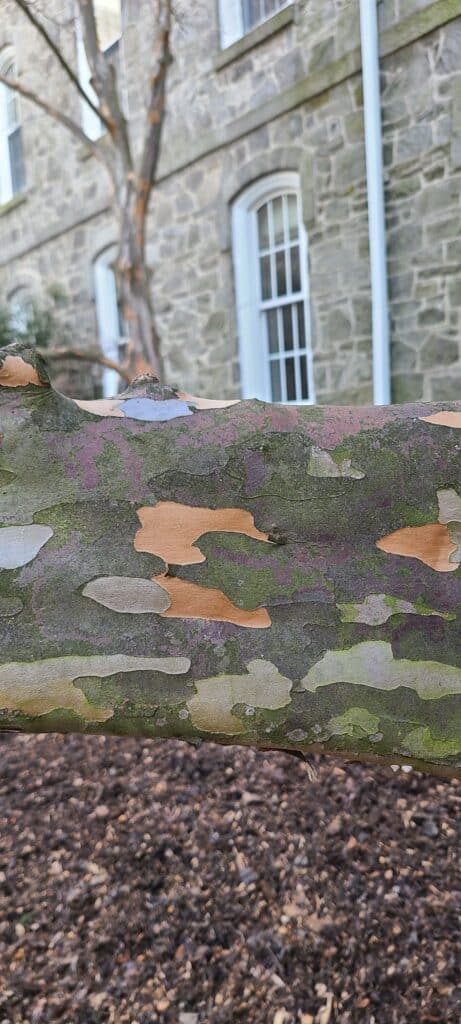
These 5 trees with stunning bark you might not know about are sure to add a beautiful design element to your garden and landscape. Stewartia pseudocamellia gets my top vote. It is a small to medium-sized deciduous tree that is native to Japan and parts of China and Korea. A member of the tea family (Theaceae), it’s also known by the common names Japanese stewartia, false camellia, and deciduous camellia.
The tree is prized for its beautiful ornamental features, including its showy flowers, attractive foliage, and striking bark. The bark of Stewartia pseudocamellia is perhaps one of its most striking ornamental features. The bark is smooth and gray when the tree is young, but as the tree matures, the bark peels away in irregular patches, revealing a beautiful mosaic of colors, textures, and patterns.
The bark of Stewartia pseudocamellia is often described as being reminiscent of camouflage or reptilian skin. The colors of the bark can vary from shades of gray, brown, and green to patches of white and cream, creating a beautiful and unique visual effect. The peeling bark also adds an interesting textural element to the tree’s overall appearance.
The ornamental bark of Stewartia pseudocamellia is a major reason why it is a popular choice for gardeners and landscapers looking to add visual interest and texture to their landscapes. In addition to its attractive bark, the tree also produces showy white flowers with yellow centers in early summer, followed by glossy dark green leaves that turn shades of red, orange, and yellow in the fall.
2. Acer griseum
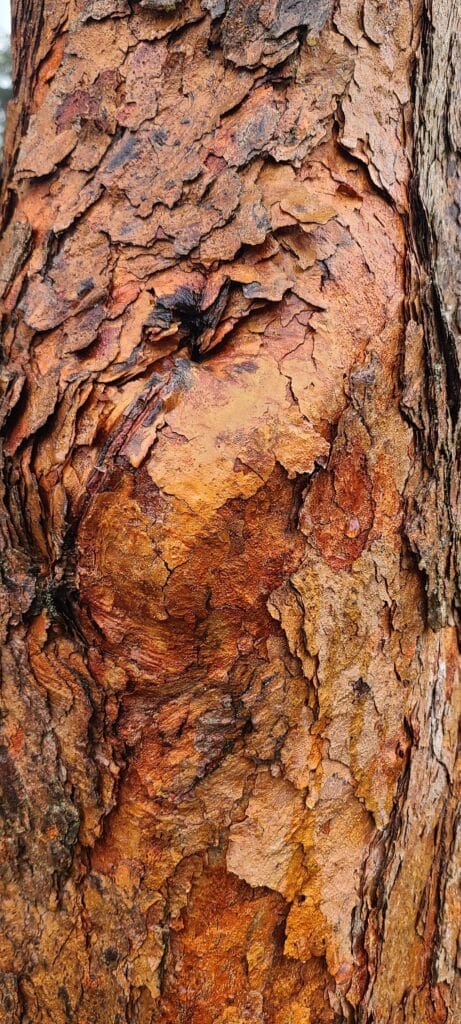
Acer griseum, commonly known as the paperbark maple, is a deciduous tree species that is native to central China. It is a small to medium-sized tree, growing up to 10-15 meters in height with a similar spread.
One of the most striking features of Acer griseum is its ornamental bark, which peels away in thin, papery layers to reveal a cinnamon-colored underlayer. The bark on mature trees develops a characteristic exfoliating habit, revealing the smooth, copper-orange bark beneath. As the tree ages, the peeling bark can reveal a patchwork of colors, including gray, brown, and orange.
The bark of Acer griseum is a distinctive and beautiful feature that makes it a popular ornamental tree in gardens and parks. It is especially prized for its winter interest when the rest of the landscape may be bare and drab. In addition to its striking bark, the tree has dark green, trifoliate leaves that turn a beautiful orange-red in the fall, adding to its overall ornamental appeal.
3. Parrotia persica
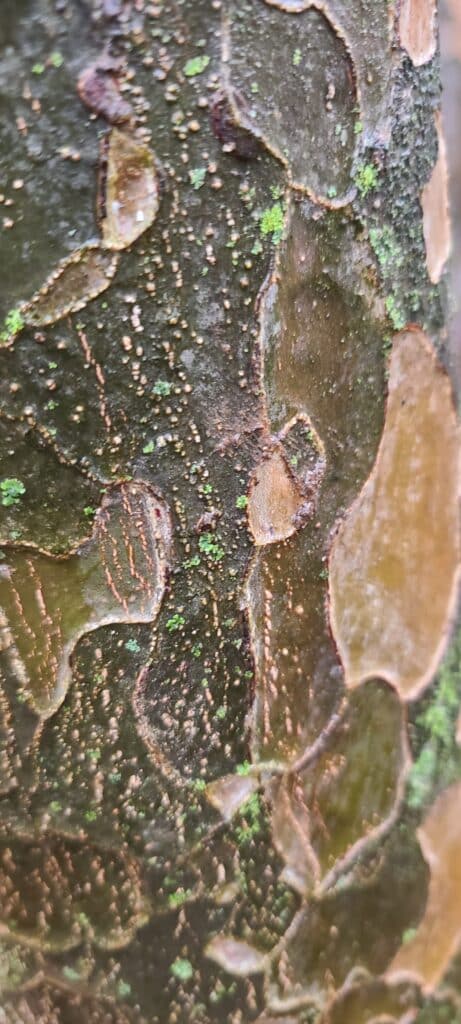
Parrotia persica, also known as the Persian ironwood, is a small to medium-sized deciduous tree native to Iran, Azerbaijan, and the Caucasus region. It is a member of the family Hamamelidaceae, which also includes the witch hazel.
One of the most striking features of Parrotia persica is its ornamental bark. The bark of mature trees peels away in patches, revealing a range of colors that can include gray, green, cream, and white. The peeling bark creates a mosaic-like effect that adds visual interest and texture to the tree’s overall appearance.
The colors and patterns of Parrotia persica’s bark change throughout the year, with the most intense colors appearing in the winter months. The peeling bark also creates a unique textural contrast against the smooth, glossy leaves of the tree.
In addition to its ornamental bark, Parrotia persica produces showy red to purple flowers in late winter or early spring before the leaves emerge. The flowers are followed by small, hard fruit that persists through the winter and is a valuable food source for birds. Another notable late winter flowering tree that has attractive bark is Cornus mas, or the Cornelian cherry. You can read more about its features in the link provided.
The foliage of Parrotia persica is also attractive, with glossy green leaves that turn shades of orange, red, and purple in the fall. The combination of its striking bark, showy flowers, and colorful foliage make Parrotia persica a popular choice for landscapers and gardeners looking for a tree with year-round visual interest.
4. Ulmus parvifolia ‘Allee’
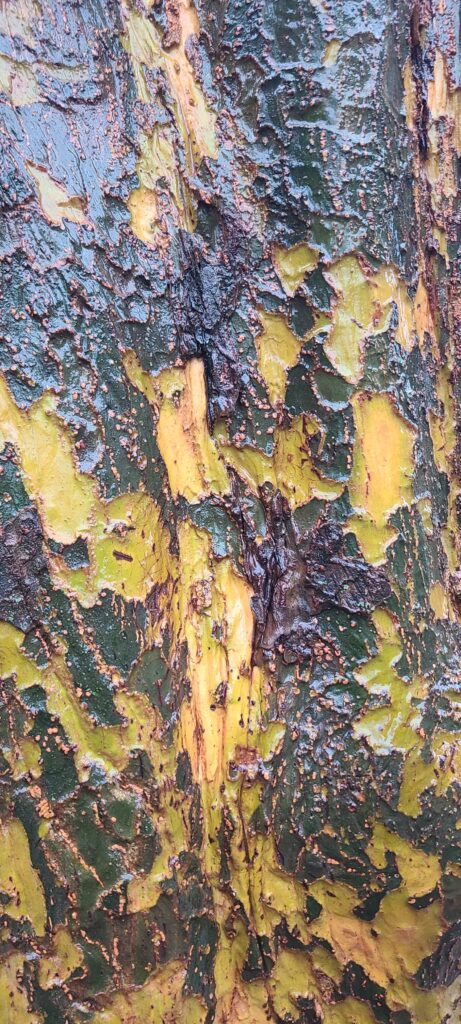
Ulmus parvifolia ‘Allee’, also known as the Allee Chinese elm, is a deciduous tree that is prized for its ornamental features. It is a cultivar of the Chinese elm (Ulmus parvifolia) and is known for its striking bark and graceful habit.
This particular cultivar was bred asexually from a cutting of Ulmus parvifolia on the University of Georgia campus in Athens. The 70-80 year old tree resembled the American Elm and was observed to have a strong resistance to trunk and bark damage resulting from common ice storms in the area. Other trees showed significantly more damage, and therefore, cuttings were taken and propagated, resulting in the ‘Allee’ selection. US Patent 7,552, Aug. 11,1991
The ornamental bark of Ulmus parvifolia ‘Allee’ is perhaps its most distinctive feature. The bark is mottled with shades of cream, gray, and brown, creating a beautiful and unique visual effect. The bark is also deeply furrowed and ridged, adding an interesting textural element to the tree’s overall appearance.
As the tree matures, the bark becomes more deeply grooved, giving it an even more distinctive appearance. The peeling bark adds to the tree’s textural interest and can reveal patches of the tree’s colorful inner bark.
In addition to its ornamental bark, Ulmus parvifolia ‘Allee’ produces small, greenish-yellow flowers in the late summer, followed by small, winged seeds that persist into the winter. The foliage is also attractive, with small, dark green leaves that turn shades of yellow, orange, and red in the fall.
Ulmus parvifolia ‘Allee’ is a popular choice for gardeners and landscapers looking for a tree with year-round visual interest. Its beautiful bark and graceful habit make it an ideal choice for use as a specimen tree, and it also works well in group plantings or as a shade tree.
5. Lagerstroemia sp.
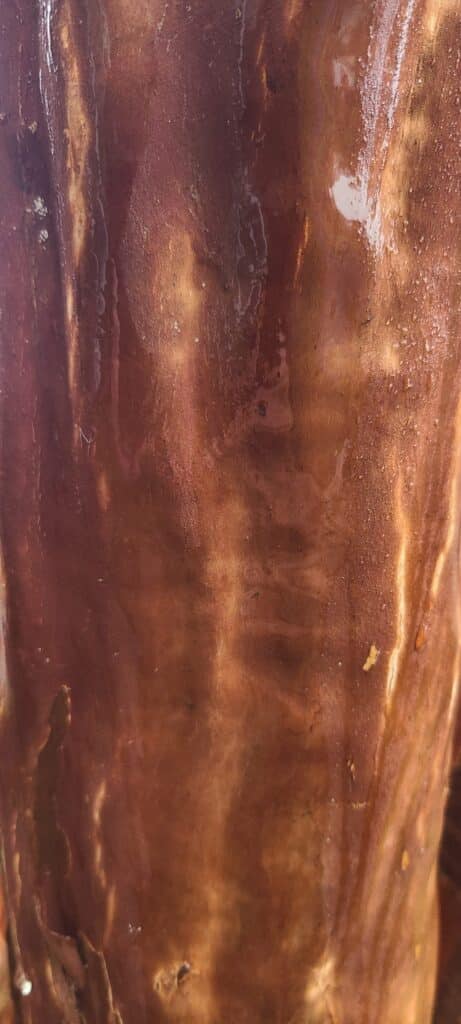
Lagerstroemia, commonly known as crape myrtle, is a genus of deciduous trees and shrubs that are native to Asia and parts of the Indian subcontinent. They are known for their showy flowers, attractive foliage, and, in some species, their ornamental bark.
Many Lagerstroemia species have a distinctive exfoliating bark, which peels away to reveal a range of colors and textures. The bark of mature trees can be smooth or peeling and can vary in color from shades of gray and brown to pink, red, and cinnamon. The colors of the bark can also change with the season, with some species displaying bright colors in the winter and others having colorful bark year-round.
One of the most popular species of Lagerstroemia is Lagerstroemia indica, commonly known as the Indian crape myrtle. This species is prized for its showy flowers in shades of pink, red, purple, and white, as well as its smooth, peeling bark, which can be a range of colors including gray, brown, and pink.
Another species with ornamental bark is Lagerstroemia fauriei, commonly known as the Japanese crape myrtle. This species is known for its distinctive cinnamon-colored bark, which is exfoliating and peels away to reveal a smooth, creamy-white inner bark.
Lagerstroemia species are often used in landscaping and as ornamental trees because of their beautiful bark and showy flowers. They are popular choices for street trees, park plantings, and home gardens. Their striking bark and beautiful flowers make them ideal for adding visual interest and texture to a landscape.



